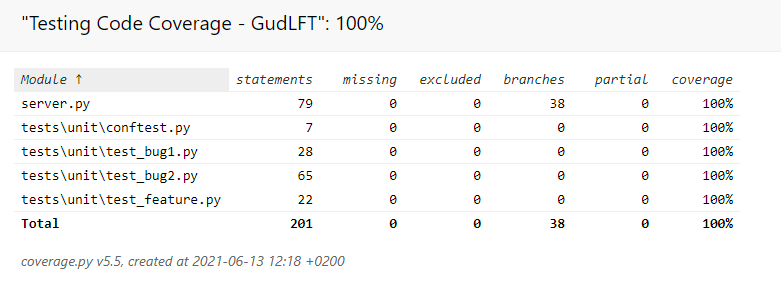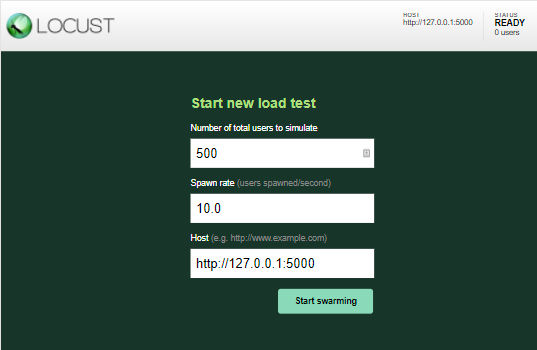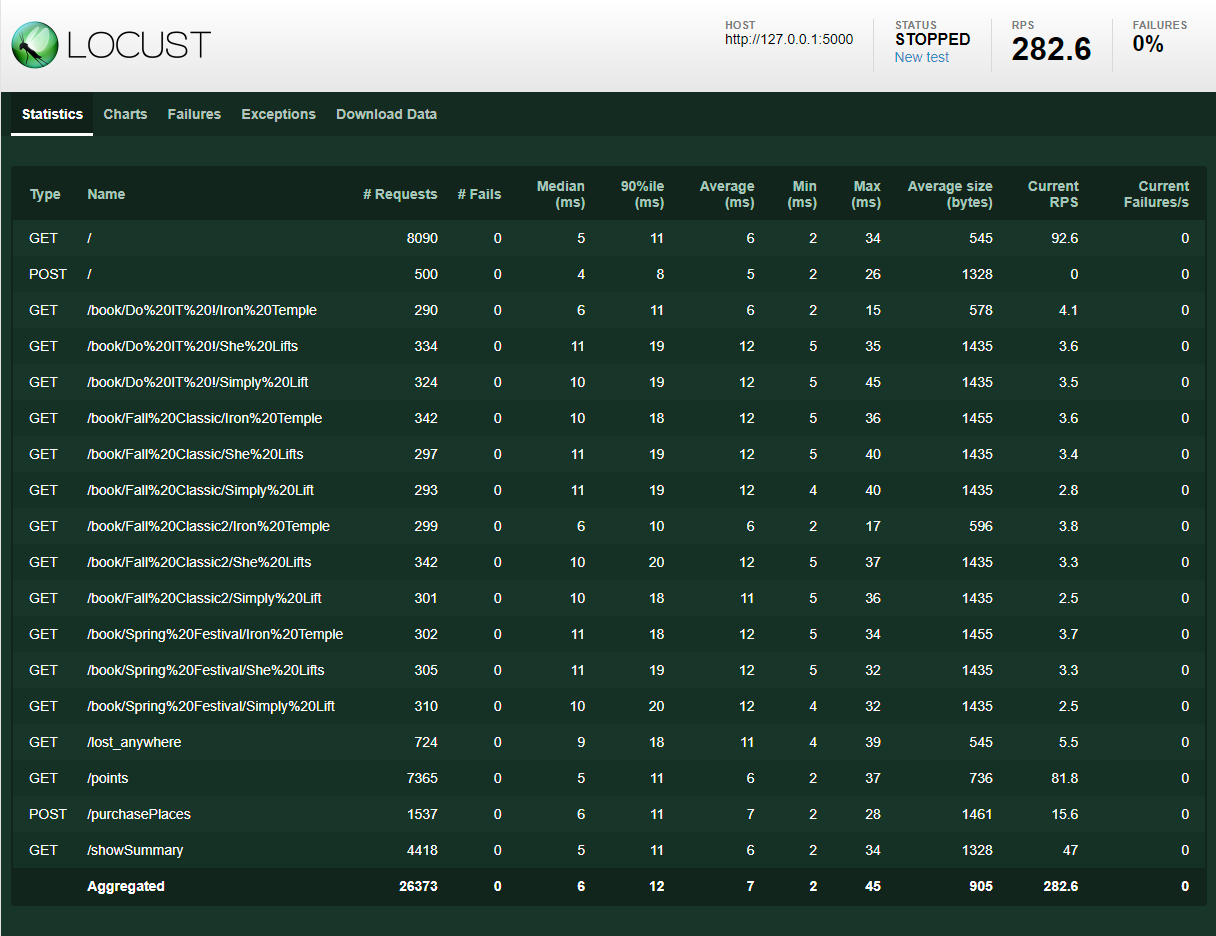-
Why
This is a proof of concept (POC) project to show a light-weight version of our competition booking platform. The aim is the keep things as light as possible, and use feedback from the users to iterate.
-
Getting Started
This project uses the following technologies:
-
Python v3.x+
-
Whereas Django does a lot of things for us out of the box, Flask allows us to add only what we need.
-
This ensures you'll be able to install the correct packages without interfering with Python on your machine.
Before you begin, please ensure you have this installed globally.
-
-
Installation
-
After cloning, change into the directory and type
virtualenv .. This will then set up a a virtual python environment within that directory. -
Next, type
source bin/activate. You should see that your command prompt has changed to the name of the folder. This means that you can install packages in here without affecting affecting files outside. To deactivate, typedeactivate -
Rather than hunting around for the packages you need, you can install in one step. Type
pip install -r requirements.txt. This will install all the packages listed in the respective file. If you install a package, make sure others know by updating the requirements.txt file. An easy way to do this ispip freeze > requirements.txt -
Flask requires that you set an environmental variable to the python file. However you do that, you'll want to set the file to be
server.py. Check here for more detailsQuickStart for Windows: run
env.batin the main directory, it will set the environment variables. Step by step details below.- For Windows in the directory :
set PYTHONPATH=%cd%set FLASK_APP="server.py"
- For Windows with PowerShell :
$env:PYTHONPATH=%cd%$env:FLASK_APP="server.py"
- For Windows in the directory :
-
You should now be ready to test the application. In the directory, type either
flask runorpython -m flask run. The app should respond with an address you should be able to go to using your browser.
-
-
Current Setup
The app is powered by JSON files. This is to get around having a DB until we actually need one. The main ones are:
- competitions.json - list of competitions
- clubs.json - list of clubs with relevant information. You can look here to see what email addresses the app will accept for login.
-
Testing
We performed the tests with Pytest, Coverage and Locust.
Command line as follow :set COVERAGE_RCFILE=%PYTHONPATH%\tests\.coveragercin order to load config of coverage (env.bat do it)coverage run -m pytestcoverage htmlorcoverage reportdepending on the desired output format html report is in tests directory
For load testing:
Set LOCUST_LOCUSTFILE=%PYTHONPATH%\tests\locustfile.pyin order to load config test of Locust (env.bat do it)locust
Go url : Locust 127.0.0.1:8089




.png)
